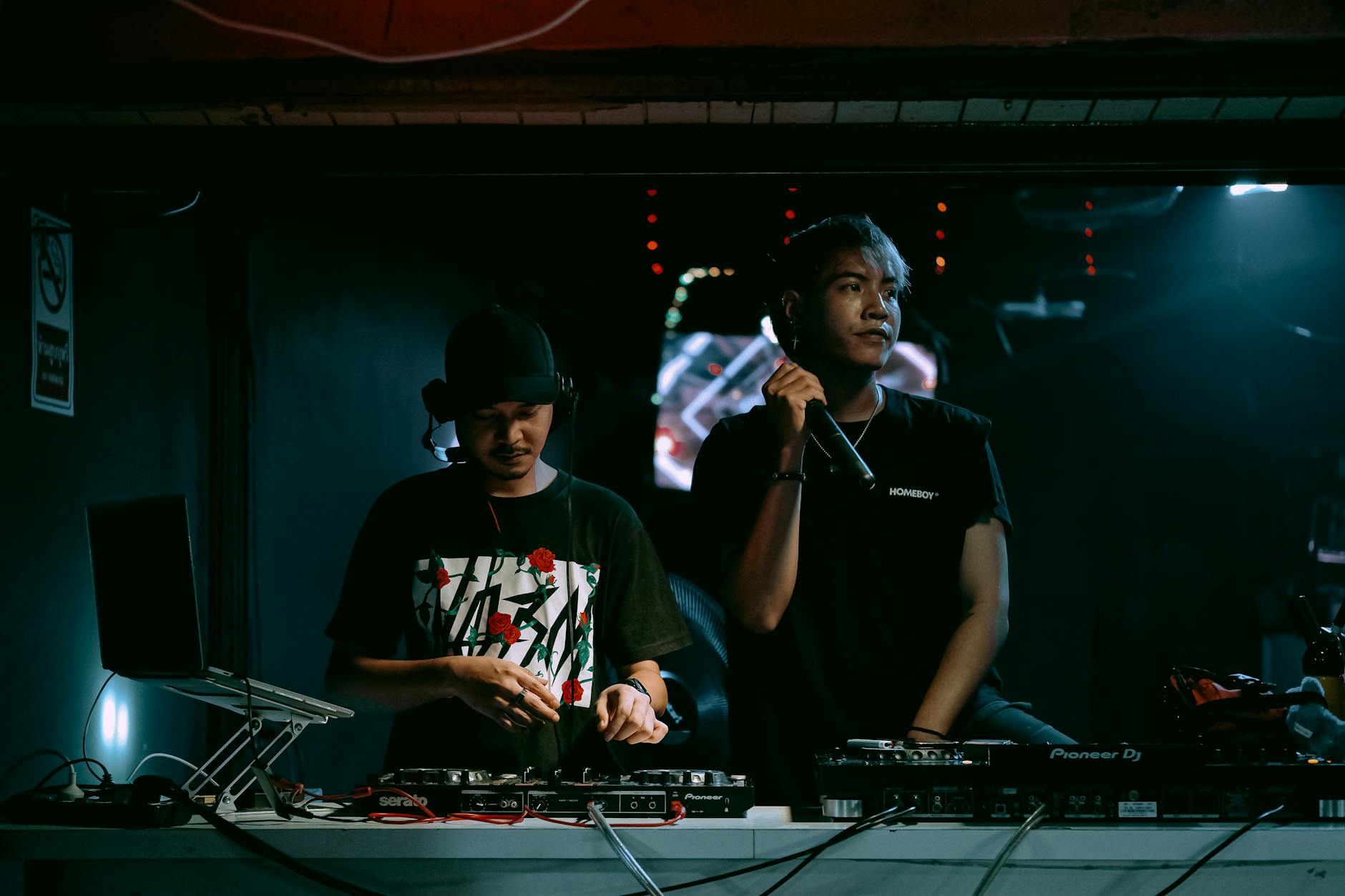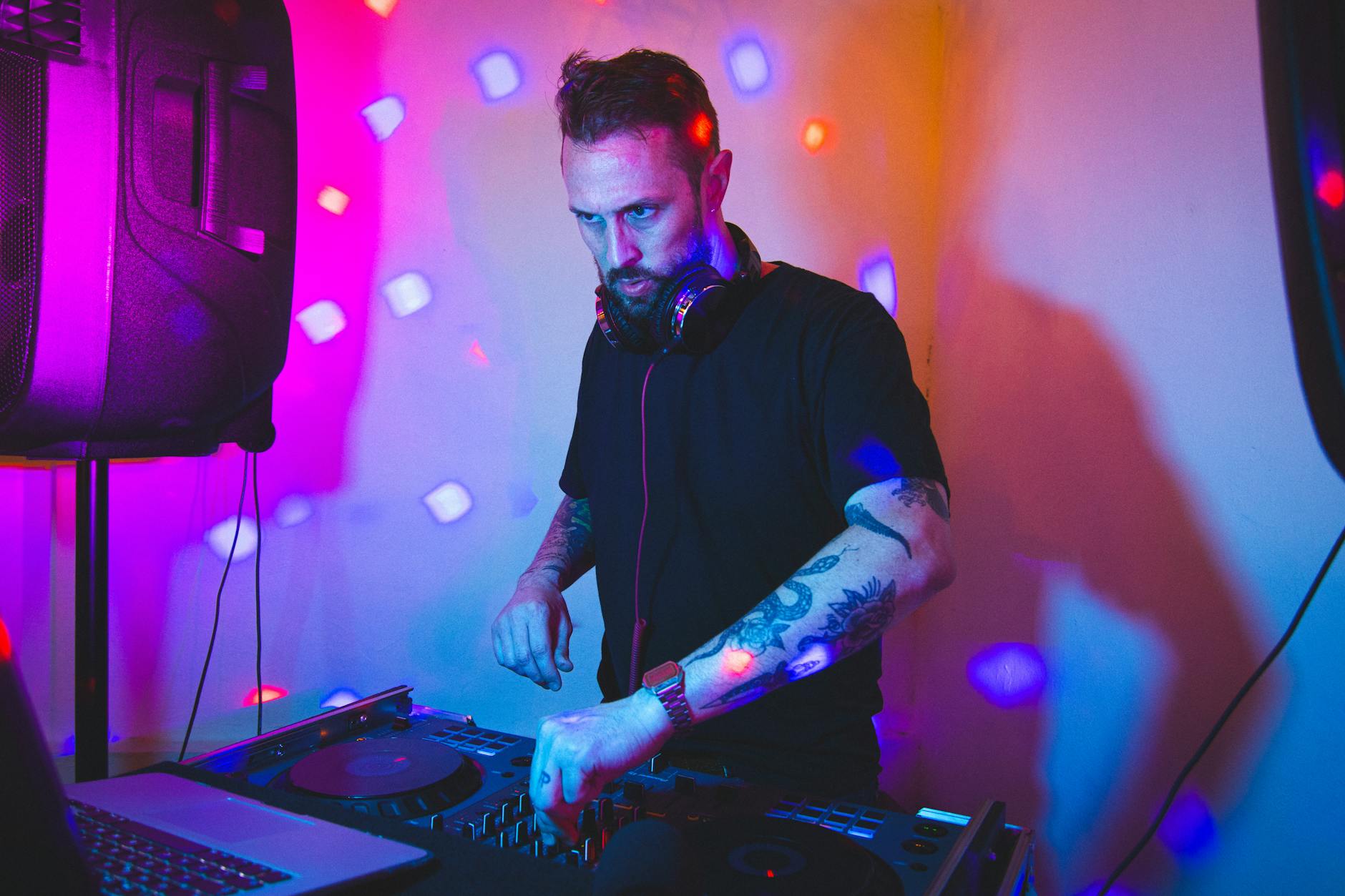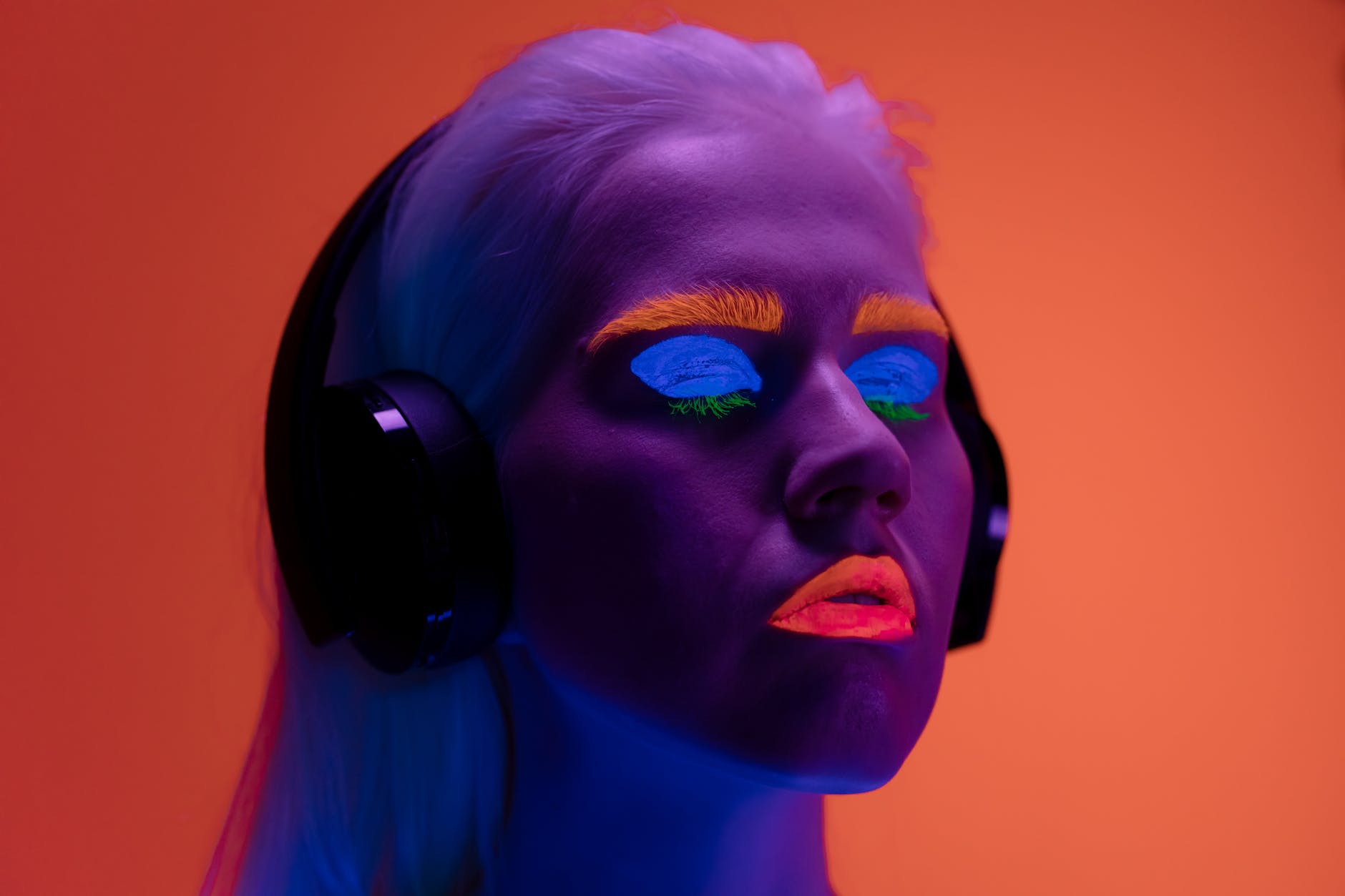The intersection of music and mind-altering substances has played a significant part in the evolution of various music genres. The relationship is especially evident when considering the influence of psychedelics on music. Psychedelic rock, acid house, and experimental electronic music owe a significant debt to these compounds’ altered states of consciousness.
One of the most significant periods of psychedelic music influence was in the 1960s, during which a cultural explosion gave birth to new ideas, experimentation, and ultimately, new soundscapes. Most notably, iconic rock bands like The Beatles, Jimi Hendrix, and Pink Floyd experimented with psychedelics, influencing their songwriting, sound, and performances.
The Beatles’ Sgt. Pepper’s Lonely Hearts Club Band is renowned as a masterpiece of psychedelic rock, its experimentation with sound and narrative reflecting the profound influence of psychedelics. Jimi Hendrix revolutionized rock music with his experimental sounds, reaching new levels of expressive, emotionally intense performances deeply influenced by his experiences with psychedelics.
Pink Floyd, another staple of the psychedelic rock genre, introduced an innovative blend of philosophical lyrics, sonic experimentation, and elaborate shows. Their album “The Piper at the Gates of Dawn,” spearheaded by Syd Barrett, is considered a defining moment in psychedelic music, punctuated by its distinctive, hallucinatory quality.
The influence of psychedelics permeated other music genres, shaping electronic psychedelia and contributing to the birth of the acid house movement in the 1980s. The movement embraced the use of electronic instruments and synthesizers to produce psychedelic-inspired sounds, forever changing the landscape of electronic music.
The use of psychedelics in music isn’t solely for the production process; listeners too, engaged in altered states of consciousness to enhance their music experiences. The music became inseparable from the psychedelic experience, both intertwining at music festivals or raves which became important cultural and communal centers.
These gatherings were more than just venues to enjoy music. They provided a shared platform for the exploration of psychedelia in a communal setting, demonstrating, in real-time, the link between altered consciousness and musical appreciation.
Further reiterating this point is the modern emergence of psychedelic therapy where music is a significant component. In these settings, carefully curated soundscapes are designed to guide individuals through psychedelic journeys, further cementing the intimate relationship between music and these mind-altering substances.
While the explicit use of psychedelics in mainstream music has faded since the raucous wakes of the 60s and 80s, the influence remains undiminished. The impact can still be seen in genres like progressive rock, hip hop, and electronic dance music (EDM), where the focus on feeling, introspection, and sonic exploration remain hallmarks.
The influence of psychedelics on music is a testament to the power of altered states of consciousness in shaping our creative and auditory landscapes. From the stratospheric shifts in rock music brought about by The Beatles, Jimi Hendrix, and Pink Floyd, to the throbbing heartbeats of acid house raves, to the quiet introspective melodies used in therapeutic settings, psychedelics have and continue to inspire a wide range of experimental sounds.
In terms of cultural significance, the story of how music evolved alongside and due to psychedelics provides an intriguing perspective on the relationship between creative expression, sensory experience, and altered states of consciousness. It reinforces the idea that music is not just an intellectual endeavor, it’s a sensory, experiential, and profoundly human mode of expression.







